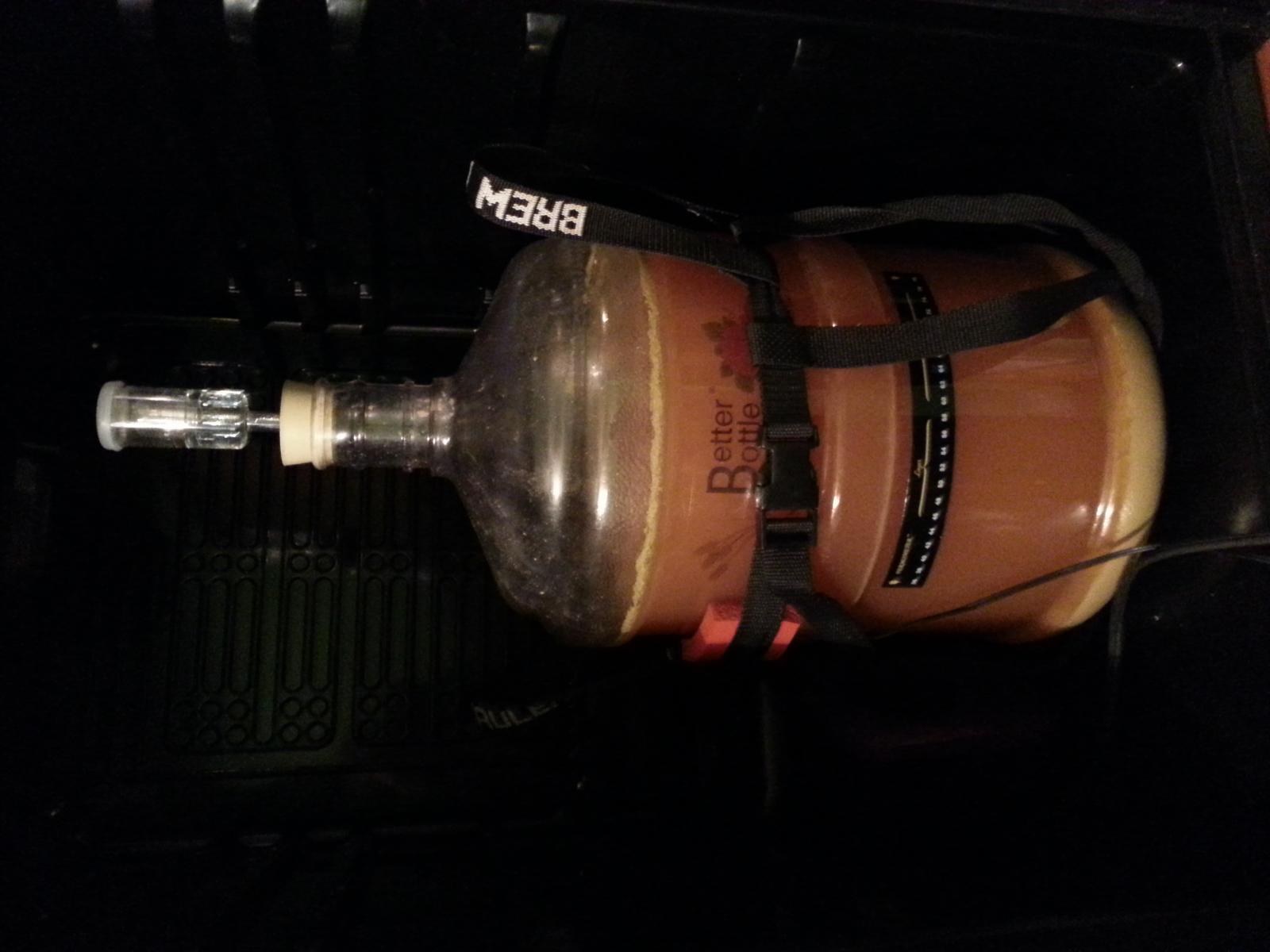Hey, Owly, thanks for the info and feedback! You might be surprised to learn that some recent studies have actually identified that in some Kombucha microbial populations that Lactobacillus actually makes up to 30% of the population.
Here is one such study, and the synopsis if you don't want to pay for the article or read the whole thing can be
found here. So I think the two primary souring agents in fermenting Kombucha are Acetobacter, as you mentioned, and then Lactobacillus.
Agree with you though that the active participation of the scoby (or whether it's needed at all) is up for debate, but the darn thing looks cool floating in there, don't it? For my first batch I used just some natural, unfiltered kombucha as my starter tea, which quickly grew the scoby that I'm now using. I generally make 3 gallon batches of kombucha, and I use 16 oz pulled/saved from my last batch as my starter tea (so I add that to ~ 2 gallons, 7 pints of new sweet tea), and then toss in my scoby. In between batches (I don't continuous brew), I save the scoby in the fridge with about 1/2 gallon of fresh sweet tea.
So far this has worked really well for me. For example, in the starter batch I made for this "Kombucha Kriek" I went from a PH of ~4.5 to 3.2 in only 7 days.
Just yesterday I took that (after removing my scoby and 16 oz starter for next time), and I racked that off to 3 lbs. of sour cherries and a simply syrup I made from 2 lbs. of raw cane sugar and 500 ml of water. That resulted in an OG of 1.051 and a PH of 3.46. I added to that 7.5 grams of EC-1118 champagne yeast that I rehydrated with 10 grams of Go-ferm protect in 3/4 cup of water. I then added 1/4 tsp of Fermaid directly to the kombucha prior to pitching. Had fermentation signs in about 2 hours. The sample I took tasted really good, so I'm very interested to see how this turns out in 2 weeks.





































![Craft A Brew - Safale BE-256 Yeast - Fermentis - Belgian Ale Dry Yeast - For Belgian & Strong Ales - Ingredients for Home Brewing - Beer Making Supplies - [3 Pack]](https://m.media-amazon.com/images/I/51bcKEwQmWL._SL500_.jpg)




















